In the catering industry, efficiency and precision are crucial. Commercial induction fryers are gradually becoming…
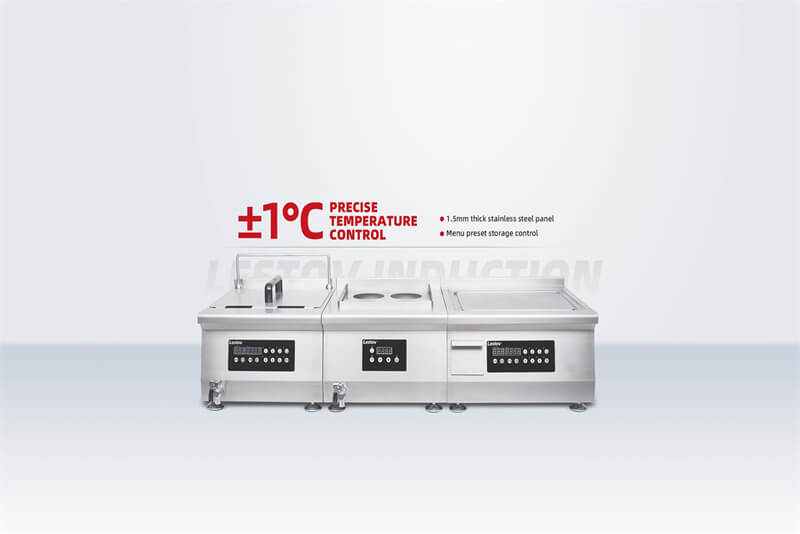
Hvorfor gassovner blir anerkjent - noen ignorerte fakta
It’s a fact that people love gas stoves, whether in homes or restaurants. The boiling of the flame, the gorgeousness of tossing the pot, the food full of “pot gas” & hot, and the mechanical feeling heard when turning the knob. Even in a roadside stall and restaurant, under the double impact of sight and smell, you will unconsciously associate the gas stove with delicious food.
Deliciousness will not be the only reason why everyone values gas stoves, but the price will be the factor that many families/restaurants choose gas stoves more. The low purchase cost & gas fee will make people put quality second, and the ubiquitous repair shops make quality assurance more convincing.
Why prefer a gas stove?
From the flame of the gas stove, it is easy to think of the original “drilling wood to make a fire, the warmth of the family sitting around the “wood stove, and the fun of camping and barbecuing. Visually stimulating factors can create a strong impression, such as roast duck looking more delicious under warm light.
The relationship between gas stoves and “fire” gives people who are accustomed to using firewood stoves a sense of intimacy and identity. Many chefs are very handy in switching from wood-fired stoves to gas stoves. He understands the working principle of gas stoves and has the innate advantage of controlling flames.
People will not fear or reject known gas stoves. They will reject induction stoves with no open flame (no visual experience) and unknown working principles. The induction cooktop is just a cold cooking machine, with no heat felts around it, and all the chef sees is the ever-changing electricity bill.
Gas stoves have a strong identity in home kitchens/restaurants/street stalls, their flames are instantly visible, and they can be portable to any place (except for fire and explosion-proof places) if you have a gas tank.
From cooktops and ovens to water heaters, the gas range has just about what you need. Therefore, it faces difficulties for a new energy product to shake the gas market that has formed a habit of use.
Are gas stoves banned in public places?
Some environmental & health safety policies are preventing gas stoves from being used in restaurants/malls (public places). Many restaurateurs complain that these policies will push them to ditch gas stoves and spend more money on new electric ceramic/induction cooktops.
Chefs are disgusted by these policies, they have to ditch their familiar gas cooktops and relearn & use induction cooktops they have never touched. That is a difficult process of recognition & acceptance. They prefer a gas stove with simple functions rather than an induction cooker with a multi-function button panel.
Some overlooked gas stove fact
When enjoying open-fire cooking and “full pot gas” food, people will forget the dizziness caused by the release of gas, ignore the oil stains on the wall, and even ignore the gas tank lurking on the edge of the outbreak. They ignore the fumes that shoot into the sky when Chefs don’t need to pay any environmental bills.
The hot kitchen environment made the chef haven’t time to take care of more problems, and his attention has been scattered to the control of the product and the adjustment of the firepower. No chef dares to claim that he has mastered the appropriate firepower for each dish, let alone that he can guarantee the quality of each dish.
Unless he is like an induction cooker that can precisely adjust the firepower through 8 gears or a stir-fry machine that can store 1,000 recipes and cook automatically. It’s a fact that chefs who rely on cooking experience have a much higher production error rate than intelligent cooking equipment operated by big data.
Choose an induction cooker.
In 1957, Germany produced the first household induction cooker, only 65 years ago, which is not enough for the “open fire cooking” that has been popular for thousands of years. However, you will find that firewood stoves, coal stoves, and other “open fire cooking” stoves have been withdrawn from modern kitchens. Gas stoves, electric ceramic stoves, induction cookers, and other stoves became popular.
In the modern society that pursues intelligence and environmental awareness, what will be the next popular cooker? That is something that restaurateurs, kitchenware stores, and manufacturers should think about.
In 1988, China began to produce the first batch of household induction cookers. Subject to technological breakthroughs, the induction cooker market has been in a downturn. Until 1998, after electronic technology was relatively mature, domestic brands of induction cookers such as “Midea” and “Pentium” emerged.
Today, consumers can order a full range of customized induction cookers according to their needs, with a variety of choices in function, appearance, and type. That is not only an innovation and breakthrough in heating technology but also reflects that the induction cooker market has formed a certain scale.
That is why many cooktop dealers are turning their attention to induction cookers, whether for policy support, safety and environmental protection, or acceptance – cooktops are bound to change with consumer demand for diverse/intelligent machines.
That is a more advanced cooking
The induction cooker is an invisible heating method. It is accused of slow heating, no heating, and poor heating effect. How it works is quite simple: use an electromagnetic field to transfer heat to your pots and pans, heating them. Its heating range surrounds the cookware so that every inch of the cookware is completely heated.
While many chefs complained that the multi-function induction cooker was too complicated to operate, they appreciated the rapid changeover from low-temperature slow cooking to high-fire stir-frying, and the help of the 6-group menu to standardize the production.
From stir-frying to frying and stewing, old-fashioned soup to spicy hot pot, you can achieve different cooking methods on one induction cooker. Even if you don’t know how to cook at all, you can cook delicious dishes with the automatic cooking machine that can store 1000 recipes.
The induction cooker gets rid of the dependence on firepower adjustment by experience, and the automatic cooking machine alleviates the dilemma of long cooking training, production errors, and single dishes; advanced cooking methods bring cost reduction and more reliable production.
That is a more advanced cooking
As said above, no one cares about the harm of oil fumes to the environment, when he doesn’t have to pay any environmental bills. Chefs are only worried about smoky walls and oily chimneys that need to clean.
Global warming has failed to wake up people who are destroying the environment, but the succession of high temperatures and droughts has brought #extremeclimatecause# into the spotlight.
The oil stains spread on the chef’s clothes are easy to clean, but the damage to the lungs by oil fume will not stop. That is why many chefs give up the gas stove for cooking with an open flame and choose an induction cooker without an open flame & fume.
It's more efficient for cooking
The flames go around don’t focus the heat on heating your pots and pans. It heats the surrounding air molecules, raising the room temperature by more than 6°C. And the lost heat means you need to heat longer to cook the food.
The centrally heated induction cooker transfers about 93% of the heat evenly to the cookware, which can save 55% of energy consumption. That means you get efficient, fast cooking for less.
No restaurant owner would be willing to spend more of their budget on cooking equipment. They are looking forward to obtaining efficient and standardized dishes at a low cost, which is the advantage of induction cookers.
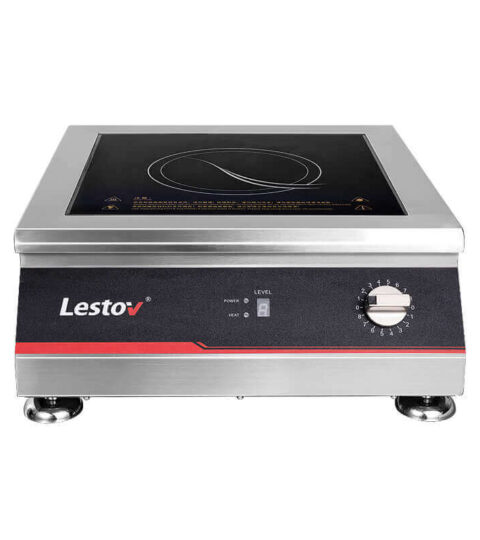
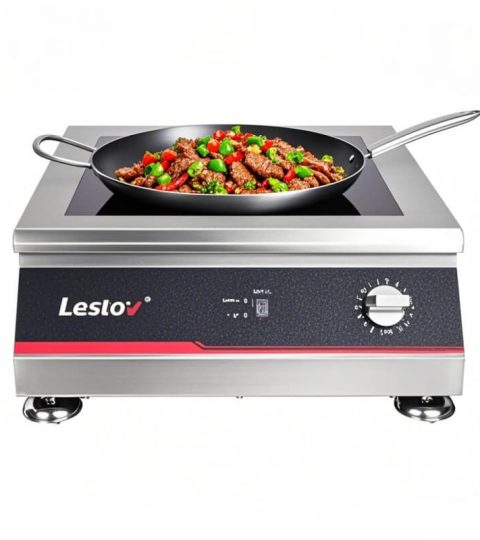






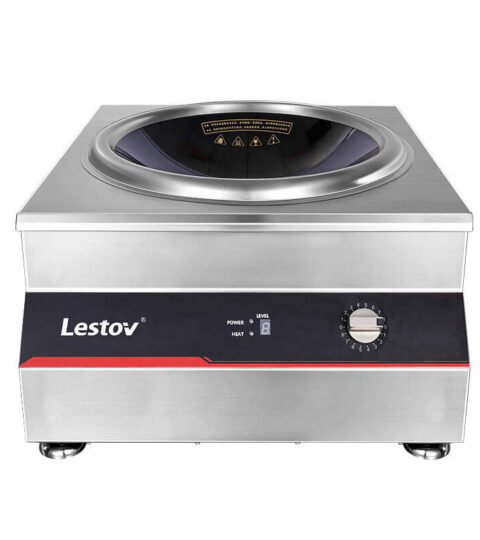
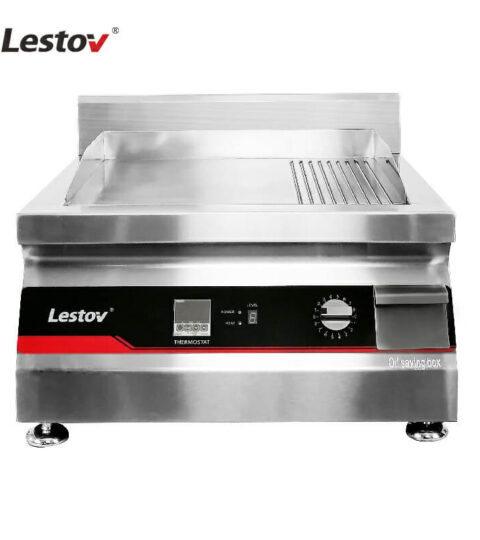
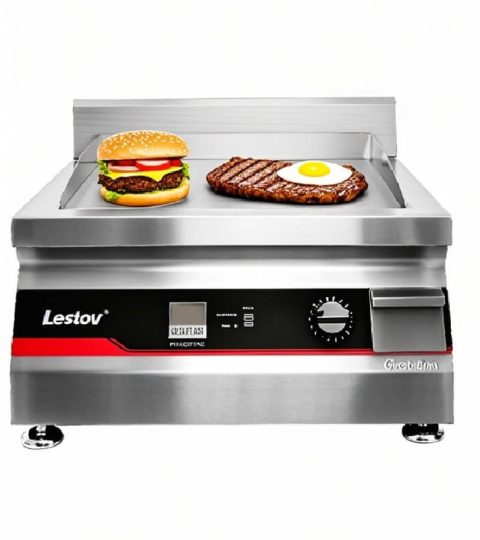
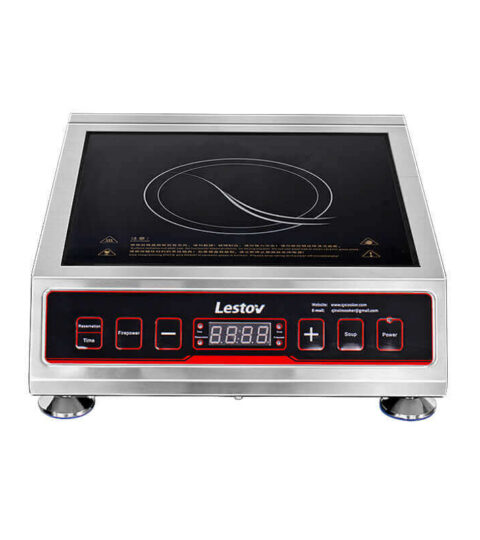
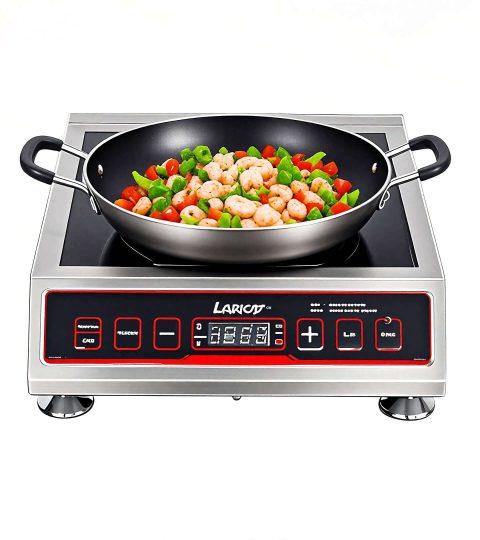
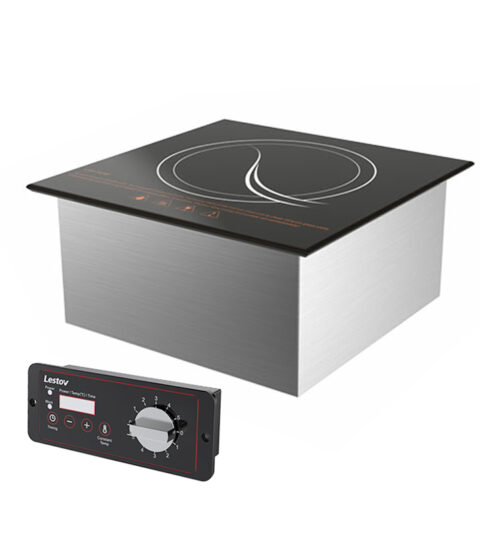
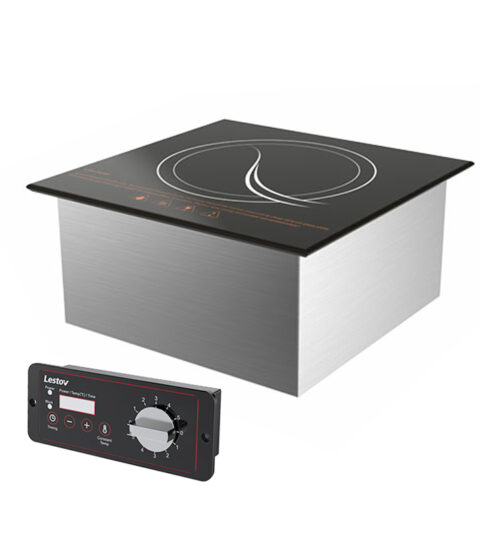
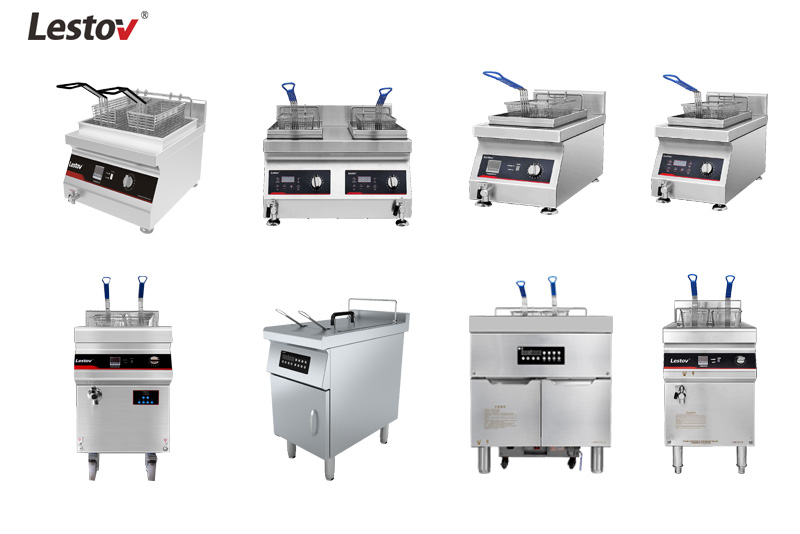
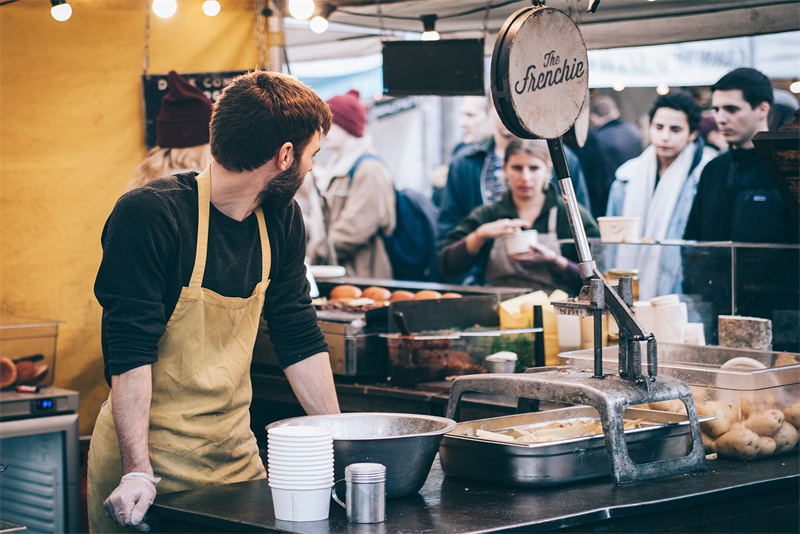
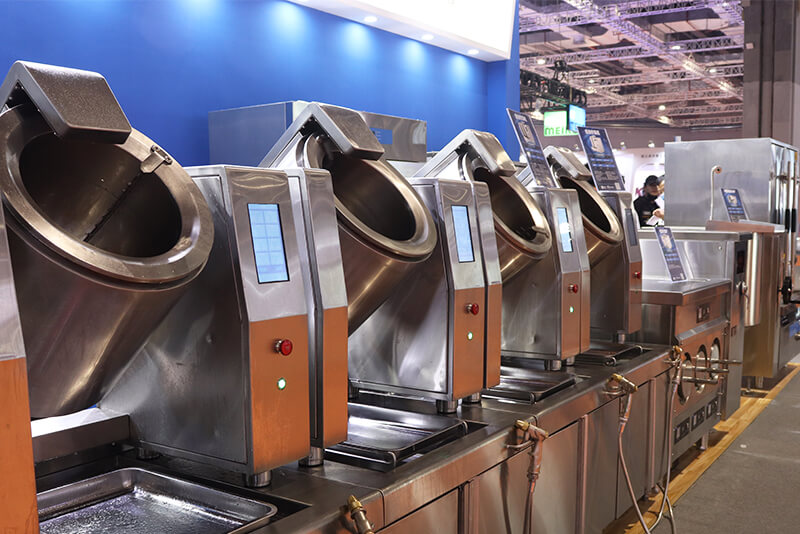
Dette innlegget har 0-kommentarer